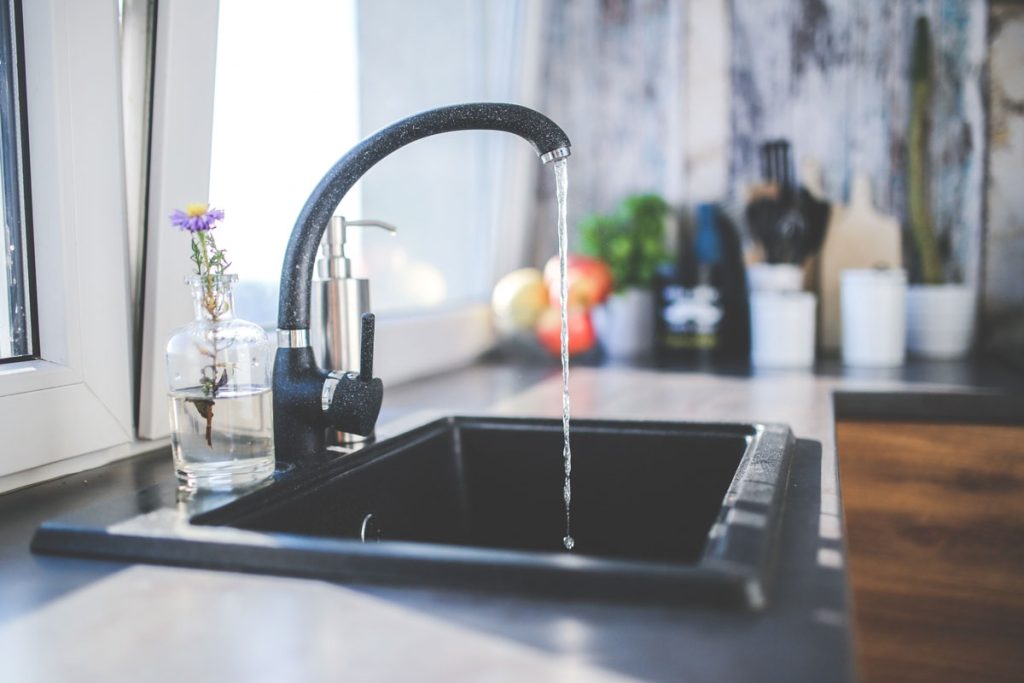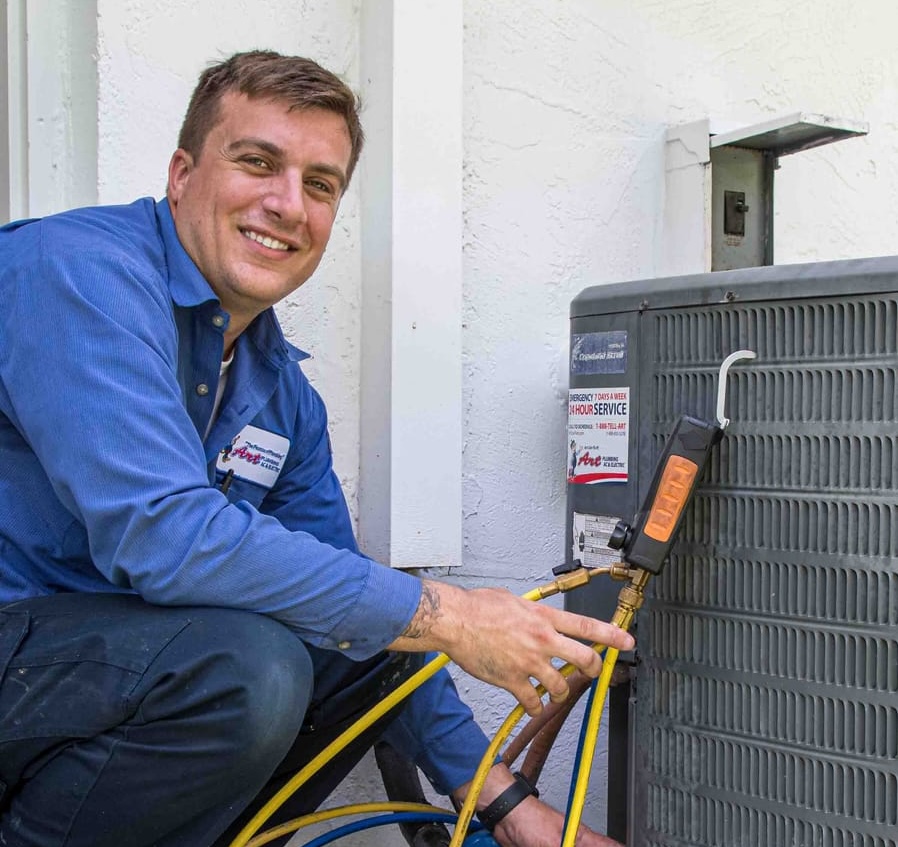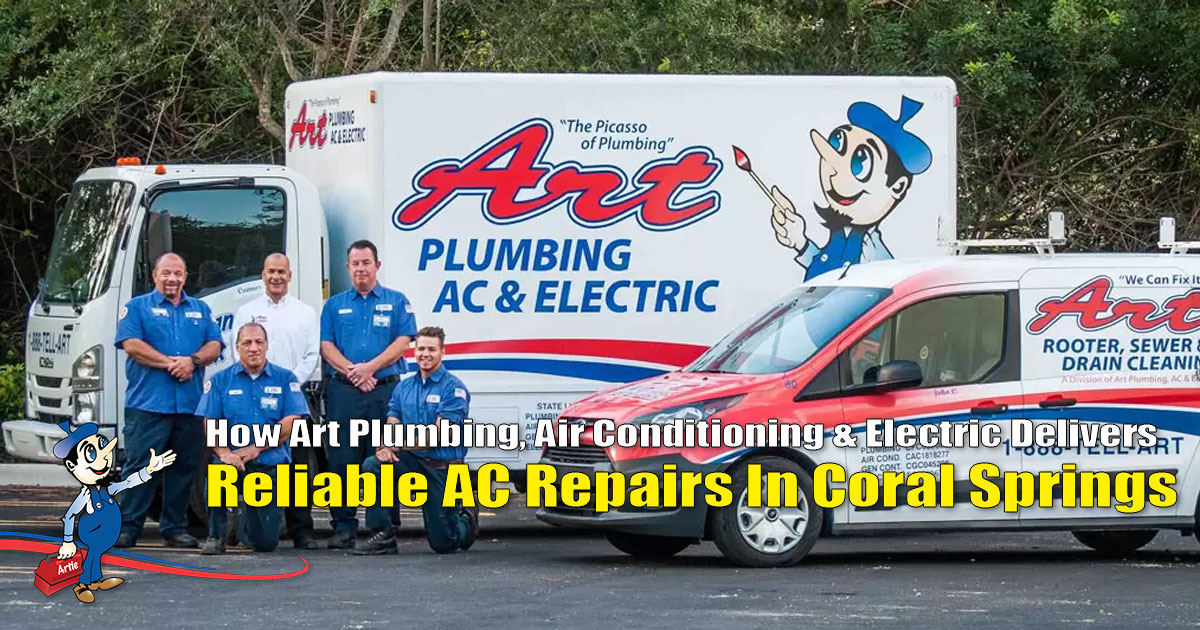Understanding Your Home’s Residential Plumbing Layout

Your home’s plumbing system is the lifeline of your home, it brings in good clean water and allows for the removal of wastewater. Most people understand that a plumbing system is a collection of pipes, faucets, storage tanks, and other components used to transport water, but let’s dive deep into the details of a residential plumbing system to give you a better understanding of how it all works.

The 3 Major Components Of A Plumbing System
We can break any plumbing system into 3 major components, namely the water supply, the drainage system, and the vent system.
1) Water Supply
The water supply is responsible for bringing water into your home from the municipal line and also acts to dictate the water pressure that can be provided at any given time. The water supply consists of the water main which brings municipal water into your home, pipes and fixtures that are used to distribute the water to sinks, toilets, baths, showers, and appliances. The main line will split once it enters the home, into a hot and cold side, with a cold side going directly to all the required outlets, and the hot side entering a water heater first before being distributed. Hot water pipes will often be covered in a layer of insulation to help prevent losing heat to the surrounding air.
Since supply lines are under high pressure, they need to have pipes that are made of strong materials that will not burst under the pressure. Being pressurized they also have the advantage of being able to run in any direction.
2) Drainage System
The drainage system carries water away from your home either to a sewer or septic system. Wastewater is any water that has been contaminated either from the toilet, bathtub, shower, sinks, and other drains. The drainage system consists of all the pipes that lead to the sewer or septic tank. The main components of the drainage system are the sewer line and traps. Traps are the U-shaped pipes under sinks, built into toilets, baths, and showers that use water to create a seal to prevent sewer gasses from entering the home.
Drainage pipes are not under any pressure and rely on gravity to help move water and waste along, with the lowest point of the drainage system always being the inlet to the sewer. For sanitary reasons, drainage lines are most commonly placed in exterior walls of a building and will often be plumbed to take the shortest route through the house to an exterior wall. Stormwater drainage is similar in that it allows rainwater that would usually have caused flooding to drain into the sewer system and away from homes.
3) Vent System
Vent systems are often forgotten about when discussing plumbing, but they play an important function. The vent system allows for sewer gasses to vent and for air to enter the drainpipes, ensuring water continues to flow through the system and that no airlocks occur.
Types Of Plumbing
Depending on when your home was built, your plumbing system can be made of several different materials, but the most common types are PVC and PEX. PVC is popular because it is lightweight, resistant to corrosion and can be made into large diameters and are mostly used for drain lines. PEX is a fairly new material and is flexible and very easy to install and is often used for supply lines. Cast iron can still be found in some homes but is far less common and is often replaced when doing repairs or renovations.
Types of Plumbing Fixtures
Plumbing fixtures are the outlets of the plumbing system, and includes any equipment used to remove water from the plumbing system. Some of these include faucets, toilets, showers, baths, and angle valves for appliances like dishwashers and washing machines.
Types of Water Heaters
We all love a hot shower, and we can thank our water heater for the constant supply of hot water throughout our home. There are a few types of water heaters and the most common are:
Tank Water Heater
A tank water heater is what most of us are familiar with. It’s a large water tank that lives somewhere in your home that heats up water using electricity or gas and ensures you have a reliable amount of hot water to use at any given moment. The downside of these units is that once the hot water in the tank is used up, it may take a while for hot water to be available again.
Tankless Water Heater
A tankless water heater rapidly heats water as it passes by it and is great for homes that either don’t have space for a tank, or do not require a large amount of hot water. Tankless water heaters tend to be more expensive than their tanked counterparts and can generate more noise which makes them less popular, however their efficiency may outweigh this downside.
Solar Water Heaters
Solar water heaters come in two forms, units that are mounted to the roof and are directly attached to their solar panels, and ones that are mounted out of sight and use a separate water pump to cycle water through the solar panels and are now a popular choice in South Florida where we have strong sunlight year round.
Residential Plumbing Professionals
Art Plumbing, Air Conditioning & Electric are here to help. Our professional plumbers have served the plumbing needs of residents in Broward, Palm Beach, and Miami-Dade counties for 40 years and counting.
Our emergency plumbing hotline is open from Monday through Saturday, 8am – 7pm, and can be reached at 1-800-475-1504.
Schedule Service


